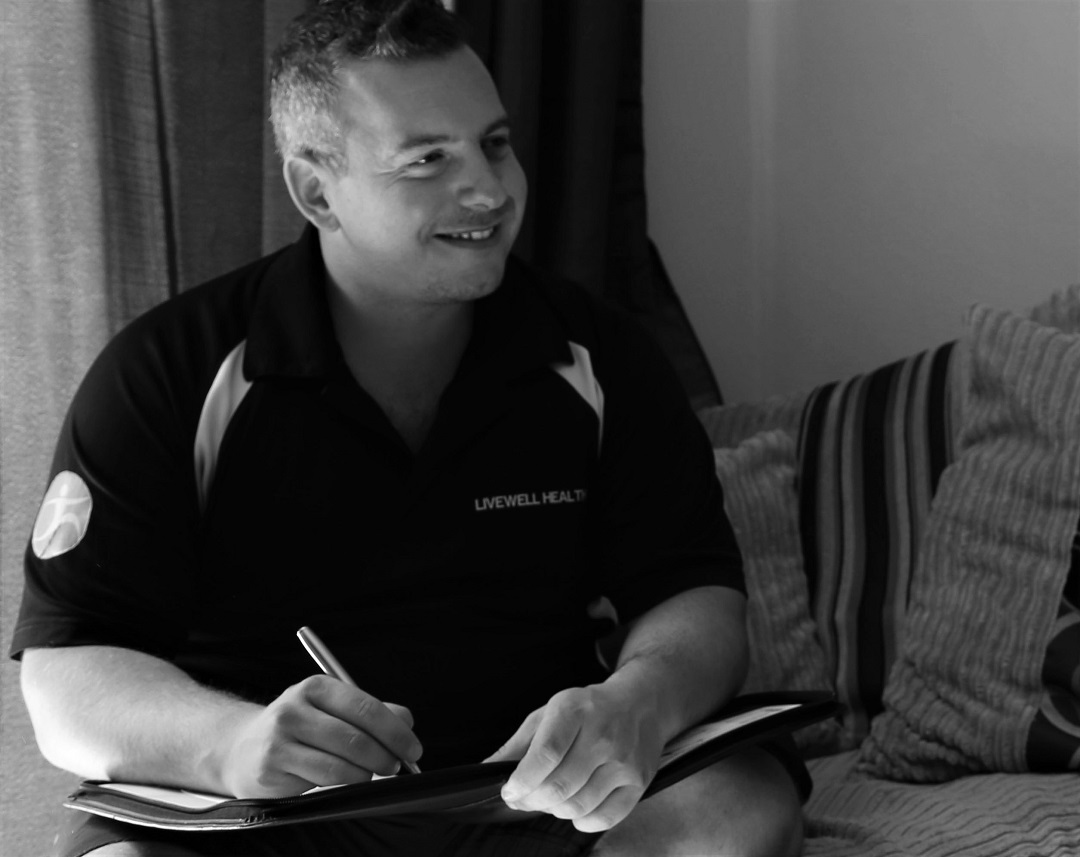Back Pain and Posture: How Poor Posture Impacts Your Spine
Introduction
We often hear about the importance of good posture, but what does it really mean for back pain? Poor posture—whether from slouching, prolonged sitting, or improper lifting—places excess strain on the spine, leading to muscle imbalances, joint stress, and chronic discomfort. In this article, we’ll explore how posture affects your spine, the types of postural issues that contribute to back pain, and effective strategies to correct and prevent it.
How Poor Posture Affects the Spine
Your spine has natural curves that allow for balance, flexibility, and strength. However, poor posture disrupts these curves, leading to:
- Increased Stress on Muscles and Joints: Over time, slouching weakens back and core muscles while overloading spinal joints.
- Spinal Misalignment: Improper posture forces the spine out of its neutral position, increasing the risk of structural issues like disc herniation or degeneration.
- Reduced Circulation: Poor posture compresses blood vessels and nerves, reducing circulation to muscles and causing pain or numbness.
When left unchecked, poor posture can contribute to chronic back pain, stiffness, and even conditions such as sciatica and spinal stenosis.
Common Types of Poor Posture
- Slouching or Forward Head Posture
- Typically caused by prolonged sitting, looking at screens, or desk work.
- Leads to a rounded upper back, neck strain, and increased pressure on the lower back.
- Hunchback (Kyphosis)
- An exaggerated curve of the upper spine caused by weak upper back muscles and tight chest muscles.
- Anterior Pelvic Tilt
- When the pelvis tilts forward, causing an exaggerated arch in the lower back.
- Common in people with weak core muscles and tight hip flexors (e.g., from sitting too long).
- Sway Back Posture
- Characterised by a forward-leaning upper body and a collapsed lower back.
- Causes tension in the lower back, hips, and hamstrings.
How to Correct Poor Posture
Correcting posture requires awareness, strengthening weak muscles, and improving flexibility. Here are actionable strategies:
1. Posture Awareness
- Seated Posture: Sit upright with your shoulders relaxed, back supported, and feet flat on the floor. Use an ergonomic chair if possible.
- Standing Posture: Stand tall with your head in a neutral position (not jutting forward), shoulders back, and knees slightly bent.
- Screen Positioning: Position computer screens at eye level to avoid forward head posture.
2. Exercises to Strengthen Posture Muscles
Strengthening the core, back, and shoulder muscles is essential for maintaining a neutral spine.
- Plank Holds: Engage the core muscles to stabilise the spine. Hold for 20–30 seconds.
- Scapular Squeezes: Sit or stand tall, pull your shoulder blades together, and hold for 5–10 seconds. Repeat 10 times.
- Bird-Dog Exercise: Improves core and back stability. Extend opposite arm and leg while keeping the spine neutral.
- Glute Bridges: Strengthen the lower back and glutes to combat anterior pelvic tilt.
3. Stretches to Relieve Postural Imbalances
Targeted stretches can loosen tight muscles contributing to poor posture:
- Chest Opener Stretch: Stand in a doorway, place hands on either side, and lean forward to stretch the chest.
- Cat-Cow Stretch: Improves spinal flexibility and relieves stiffness.
- Hip Flexor Stretch: Kneel on one knee and push your hips forward to stretch the hip flexors, reducing anterior pelvic tilt.
Pro Tip: Stretching regularly—especially during breaks at work—can prevent muscle stiffness and postural fatigue.
4. Professional Support
If correcting posture feels overwhelming, professional therapy can provide targeted relief as poor posture could also be linked to tightness in various muscles such as pectoral muscles or trapezius muscles etc:
- Postural Assessments: A physiotherapist can identify specific imbalances and provide corrective exercises.
- Deep Tissue Massage: Relieves tight muscles and knots caused by poor posture.
- Medical Acupuncture and Cupping Therapy: Reduces tension, improves circulation, and accelerates recovery.
- Taping Solutions: Postural taping provides support and realigns posture throughout the day.
At Livewell Health, our team offers tailored therapies to address postural imbalances and alleviate related back pain.
Tips for Maintaining Good Posture
- Take Breaks: Avoid sitting or standing for long periods—stand, stretch, and reset every 30 minutes.
- Use Ergonomic Equipment: Invest in a supportive chair, standing desk, or posture cushion.
- Strengthen Your Core: A strong core stabilizes the spine and prevents slouching.
- Stay Active: Regular movement and exercise promote spinal health and prevent stiffness.
When to Seek Help
If your back pain persists despite postural corrections, consult a professional. Long-term postural issues can worsen over time and lead to chronic pain or spinal complications.
Related Articles
- Lower Back Pain: Causes and Solutions
- Upper Back and Neck Pain: What You Need to Know
- The Role of Exercise and Stretching in Back Pain Relief
Call to Action
Struggling with back pain caused by poor posture? At Livewell Health, our specialists can assess your posture, provide tailored exercises, and offer hands-on therapies to relieve pain and prevent future issues.
Book your assessment and take the first step toward a pain-free back!
Follow us on social media for recovery tips and updates:
Instagram : @LWHEALTH
Facebook : @livewellhealthuk


